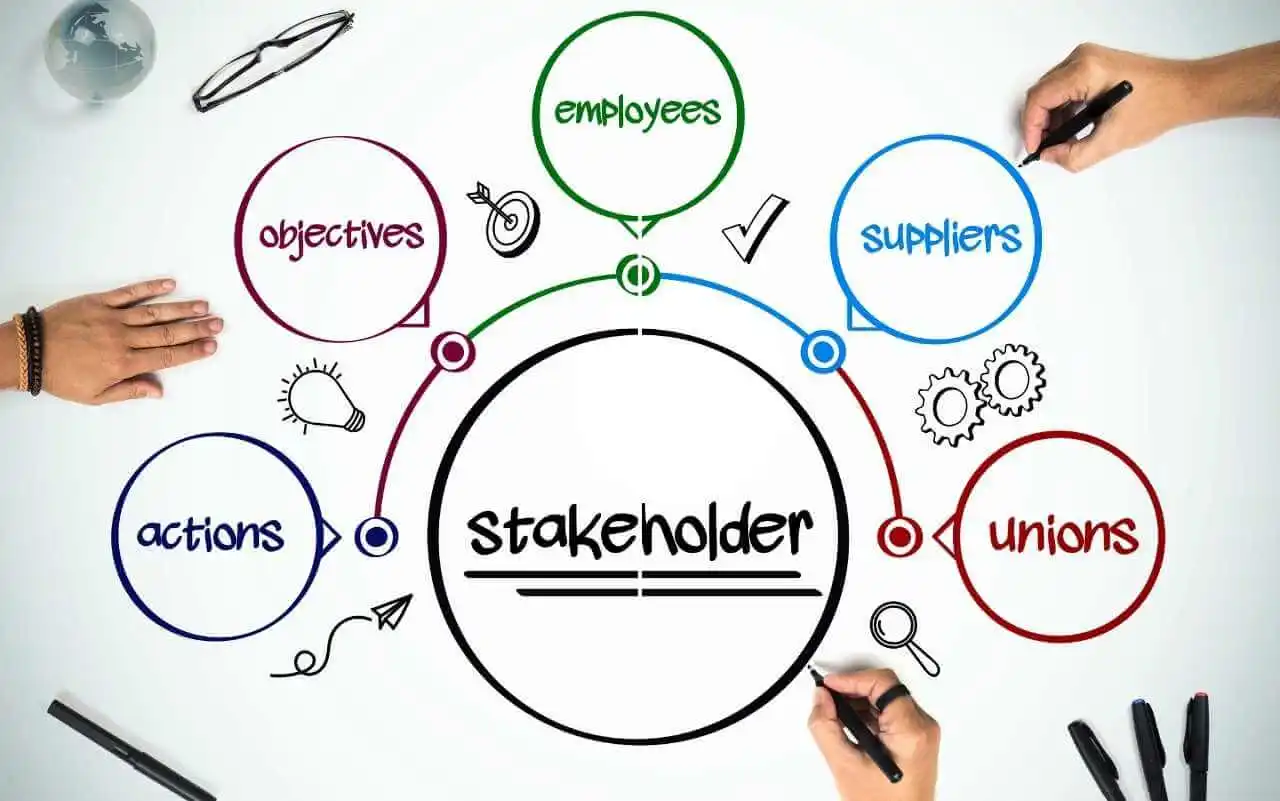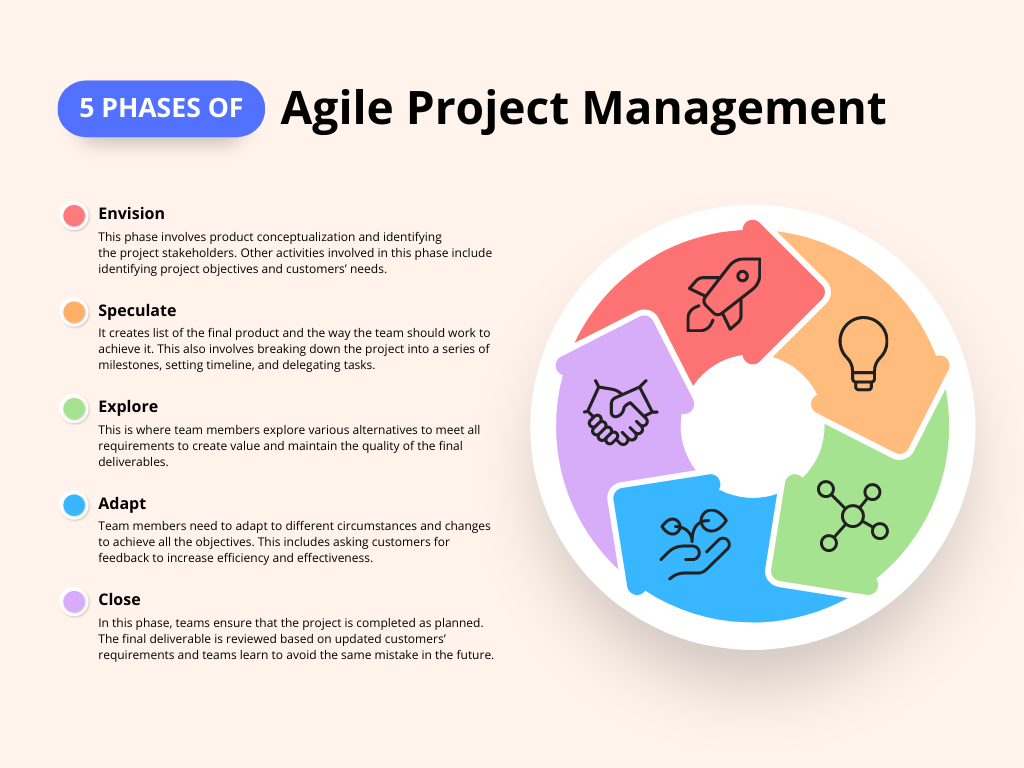Choosing the right project management methodology is crucial for the success of any project. Two of the most popular and widely used methodologies are Agile and Waterfall. While both approaches have their advantages and disadvantages, deciding which one to use depends on a variety of factors such as the project type, team composition, and project goals. In this blog post, we’ll compare Agile vs Waterfall project management to help you determine which one is the best fit for your needs.
Waterfall Project Management
Waterfall is a traditional, linear methodology that is typically used for large, complex projects with well-defined requirements. The process consists of a series of sequential stages, with each stage building upon the previous one. The stages include planning, design, development, testing, and deployment. In a Waterfall project, each stage must be completed before moving on to the next one, and there is no going back once a stage is completed.
Advantages of Waterfall Project Management:
- Predictability: Since each stage has well-defined requirements, timelines, and deliverables, Waterfall provides a high degree of predictability in terms of the project schedule, budget, and outcomes.
- Control: The linear nature of the process provides a high degree of control and visibility over the project, allowing project managers to easily track progress and identify any issues or risks.
- Documentation: Waterfall requires thorough documentation of each stage, making it easier to maintain records and conduct audits.
Disadvantages of Waterfall Project Management:
- Limited Flexibility: Waterfall is not very flexible, making it difficult to accommodate changes or modifications once a stage has been completed.
- Limited Stakeholder Involvement: Since the client or end-users are only involved towards the end of the project, Waterfall does not allow for regular feedback or collaboration.
- Slow Delivery: Waterfall can be slow in delivering results, as each stage must be completed before moving on to the next one.
Agile Project Management
Agile is a flexible, iterative methodology that is typically used for smaller, more dynamic projects with changing requirements. The Agile process involves breaking the project into small, manageable chunks called sprints, with each sprint delivering a working product increment. The team works collaboratively and adapts to changes as they arise.
Advantages of Agile Project Management:
- Flexibility: Agile provides a high degree of flexibility, making it easier to accommodate changes and respond to customer feedback throughout the project.
- Increased Stakeholder Involvement: Agile involves regular client or end-user feedback, allowing for more collaboration and communication throughout the project.
- Fast Delivery: Agile delivers results quickly, with each sprint producing a working product increment that can be tested and evaluated.
Disadvantages of Agile Project Management:
- Limited Predictability: Agile does not provide as much predictability as Waterfall, making it more difficult to estimate timelines, costs, and outcomes.
- Limited Control: The collaborative nature of Agile can make it more challenging to manage, track progress, and identify risks.
- Documentation: Agile does not require as much documentation as Waterfall, which can make it harder to maintain records and conduct audits.
Agile vs Waterfall Project Management: Which methodology is suitable for you?
Deciding which methodology to use depends on a variety of factors such as the project type, team composition, and project goals. Here are some considerations:
- Project Type: If you’re working on a large, complex project with well-defined requirements, Waterfall may be the better choice. If you’re working on a smaller, more dynamic project with changing requirements, Agile may be more appropriate.
- Team Composition: If you have a team of experienced professionals with a high degree of specialization, Waterfall may be a good fit. If you have a cross-functional team that is adaptable and collaborative, Agile may be a better choice.
- Project Goals: If your goal is to deliver a predictable, well-documented product with a high degree of control, Waterfall may be the better choice. If your goal is to deliver a working product quickly and adapt to changes, Agile may be more appropriate.
- Ultimately, the choice between Agile vs. Waterfall project management comes down to the specific needs and goals of your project. It’s also worth noting that some projects may benefit from a hybrid approach that combines elements of both methodologies. For example, you may use Waterfall for the planning and design phases and then switch to Agile for development and testing.
Wrapping Up

In conclusion, Agile and Waterfall project management each have their own advantages and disadvantages, and the best approach depends on the specific project requirements, team composition, and goals. As a project manager, it’s essential to be familiar with both methodologies and to be able to adapt to different situations and project needs. By carefully evaluating the factors involved, you can choose the approach that is best suited to your project and help ensure its success.








